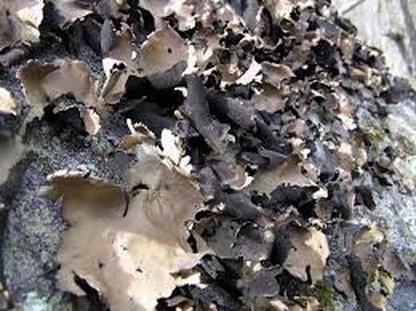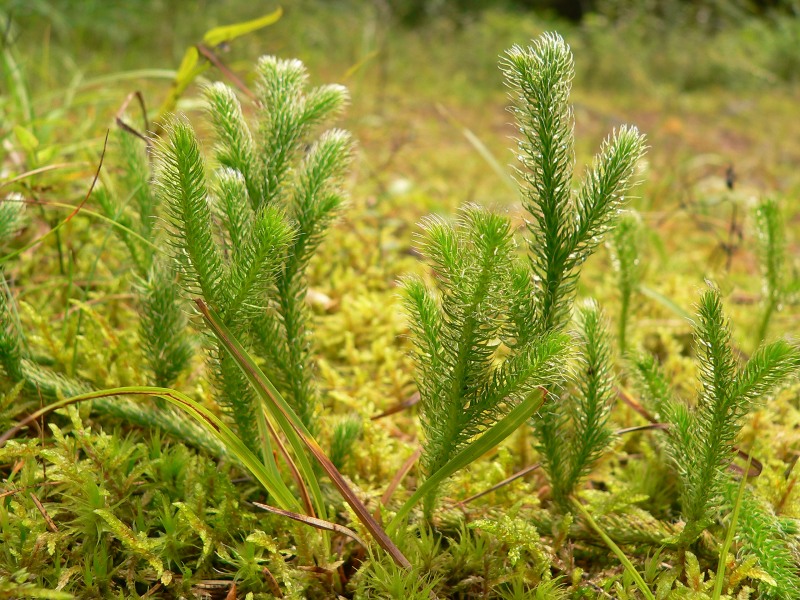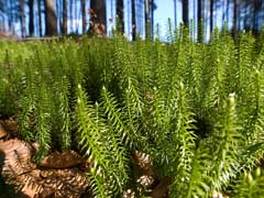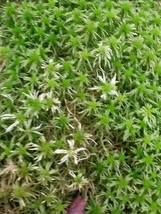According to DCNR, this area is referred to as the Wallenpaupack Wild Plant Sanctuary, “and contains some of the most spectacular lichen communities in the state”
A lichen is an organism made up of a symbiotic relationship between fungus and algae. Lichens mainly grow on rocks or the sides of trees. Lichens can absorb some mineral nutrients from the surface it grows on, but it is mostly self-reliant in producing its energy through photosynthesis.
Here’s an example of a Lichen you may spot nearby:
Rock Tripe Lichen (Umbilicaria)
A lichen is an organism made up of a symbiotic relationship between fungus and algae. Lichens mainly grow on rocks or the sides of trees. Lichens can absorb some mineral nutrients from the surface it grows on, but it is mostly self-reliant in producing its energy through photosynthesis.
Here’s an example of a Lichen you may spot nearby:
Rock Tripe Lichen (Umbilicaria)
|
Rock tripe is one of the strongest types of lichen. It can withstand up to 62 weeks of extreme drought. Since rock tripe can survive such extreme conditions, Native American Tribes often used it for food emergencies in the winter. Rock tripe has actually proven to be a good source of nutrition in many survival situations. For example, it was boiled and consumed by Washington’s troops in Valley Forge.
Although studies have proven Rock tripe’s nutritional values, it cannot be used as a commercial crop due to its slow growth rate. |
Mosses are small flowerless plants that typically grow in clumps in shady damp locations. Mosses are one of the most primitive types of plants. Their simple structure has remained nearly unchanged for the past million years. Unlike lichens, mosses have small leaves and stems.
These are 3 examples of mosses you might be able to spot at Lacawac Sanctuary:
These are 3 examples of mosses you might be able to spot at Lacawac Sanctuary:
Location |
|



